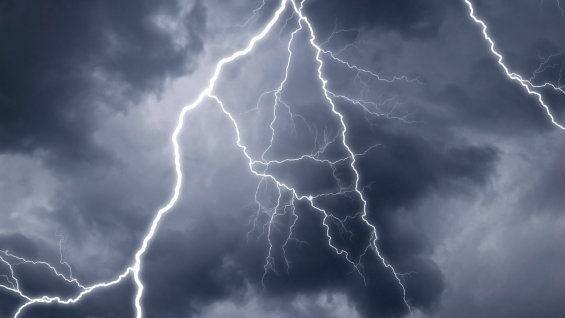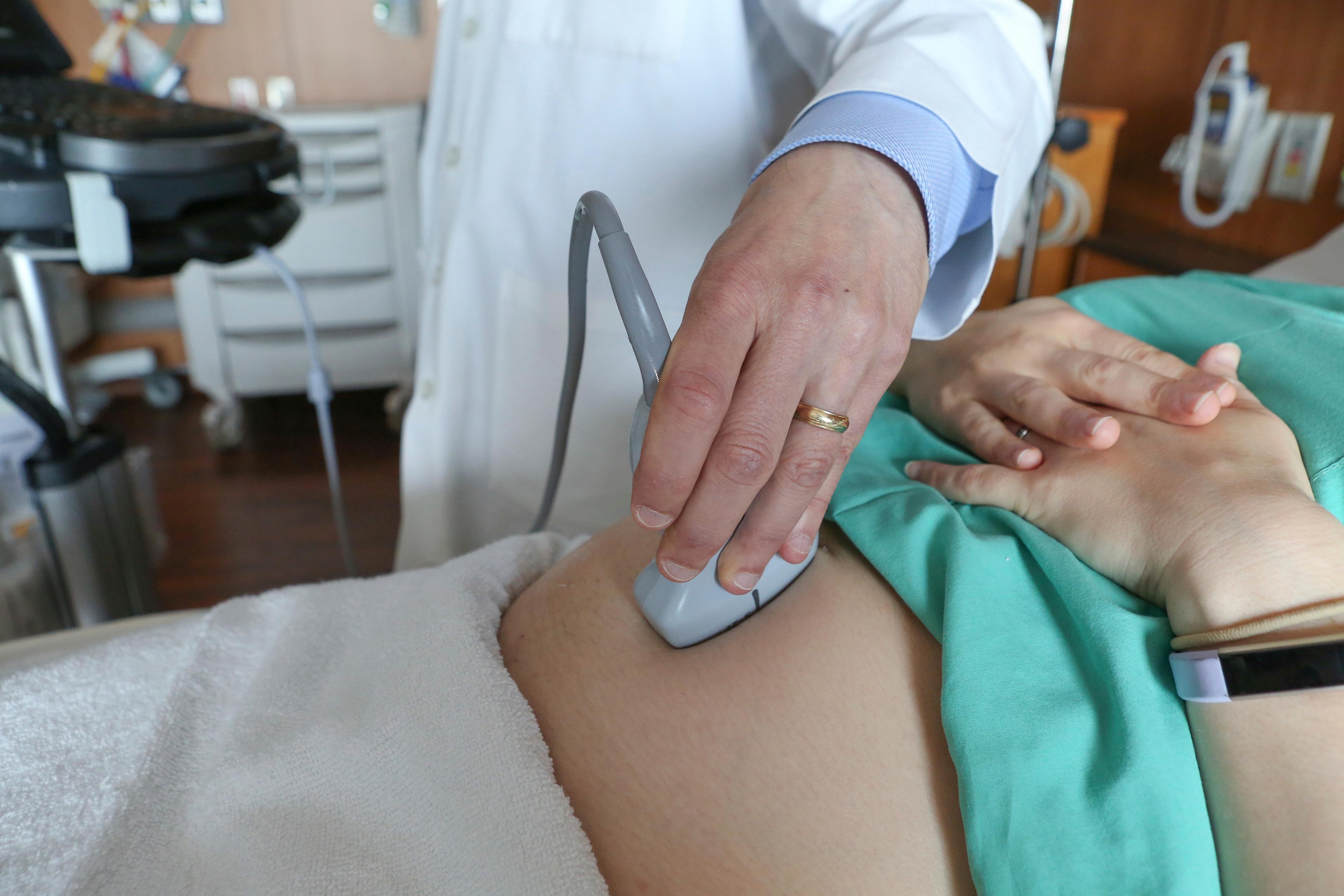
 On Friday and Saturday, lightning hit two separate groups of people in Rocky Mountain National Park, killing one person in each incident and sending many others to the hospital.
On Friday and Saturday, lightning hit two separate groups of people in Rocky Mountain National Park, killing one person in each incident and sending many others to the hospital.
On Saturday around 3:50 p.m., U.S. National Park Service rangers were notified that a group was hit by strike. It happened near Rainbow Curve, which is located at 10,829 feet, near Trail Ridge Road, the nation’s highest continuous paved road. Four people were taken to Estes Park Medical Center via ambulance, and one man, Gregory Cardwell, 52, from Scottsbluff, Neb., died of his injuries.
Rangers were notified of Friday’s strike around 1:20 p.m. It also occurred near Trail Ridge Road, about 500 feet from the Ute Crossing Trail trailhead, which is located at roughly 11,400 feet, between Rainbow Curve and Forest Canyon Overlook. Eight people were affected; one woman, Rebecca R. Teilhet, 42, of Yellow Springs, Ohio, died from her injuries.
Teilhet had been hiking with her husband and a friend, who were were taken by ambulance to Estes Park Medical Center. Five others transported themselves to the hospital.
Richard Kithil, president of the National Lightning Safety Institute, says there are about three to four reported lightning deaths per year in Colorado. The number of people who are hit and survive is much higher, he says. Between 1980 and 2013, there were 91 reported deaths and 434 injuries.
Survivors may suffer a range of medical problems, including severe burns, nerve damage and hearing and vision loss.
Other victims, Kithil says, can be lucky and walk away with no injuries.
Lightning safety slogan: "If you can see it flee it. If you can hear it, clear it."
- When there's thunder, people should assume lightning is near. It's time to evacuate the area and head to a vehicle (with the windows shut) or to get in a substantial building. Lightning may precede rain, so don't wait for rain to start before quitting.
- Avoid high ground. If you're in the mountains, get below the treeline. Avoid open spaces. Avoid metal objects, including fences, motors, power tools, machinery. Unsafe places include being near trees or under canopies or picnic shelters.
- If there's lightning in the area, crouch down, putting feet together and placing hands over ears to minimize hearing damage. Avoid proximity to others, staynig at least 15 feet away from other people.
- "It doesn't hurt to pray," Kithil adds.
- If indoors, avoid water and stay away from doors and windows. Do not use a traditional telephone or headset. Turn off, unplug and stay away from appliances, computers, power tools and TVs.
- If someone is injured, call 911 and/or send for help; apply First Aid if you are qualified to do so.
- Wait 30 minutes after thunder and/or lightning ends to resume activities.








